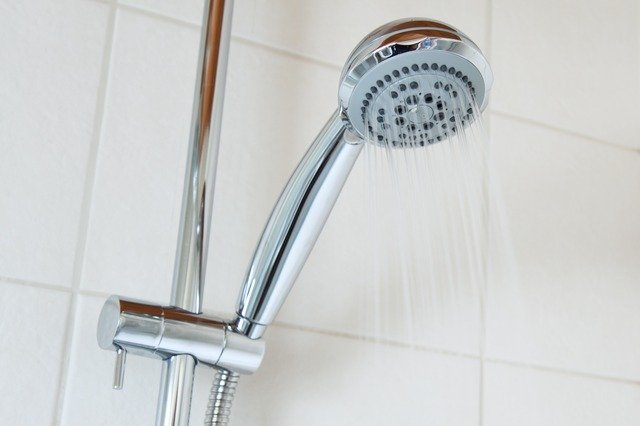Have you ever stepped into your bathroom after a hot shower and felt like you were walking into a sauna? Poor bathroom airflow can lead to a host of problems, from mold growth to unpleasant odors. If you’re wondering how to improve bathroom airflow with the right exhaust fan, you’re in the right place. In this comprehensive guide, I will share insights, tips, and practical advice on selecting and installing the perfect exhaust fan for your bathroom. By the end of this article, you’ll be equipped to make informed decisions that enhance your bathroom’s ventilation, ensuring a fresher, healthier environment.
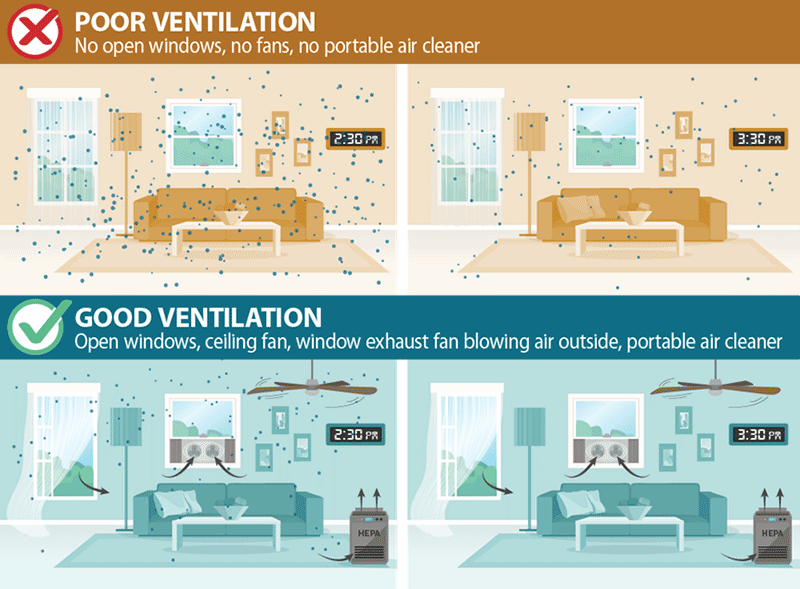
Source: www.cdc.gov
Table of Contents
Why Bathroom Airflow Matters
Before we dive into the specifics of exhaust fans, let’s discuss why bathroom airflow is crucial. Bathrooms are often high-moisture areas due to showers, baths, and even sinks. When this moisture lingers, it can lead to mold, mildew, and even structural damage over time. According to a 2021 study published in the Journal of Environmental Health, homes with inadequate ventilation had a 37% higher incidence of mold-related health complaints.
The Consequences of Poor Airflow
- Mold and Mildew Growth: Excess moisture creates an ideal environment for mold and mildew, which can affect both your health and the integrity of your home.
- Unpleasant Odors: Stagnant air can lead to musty smells, making your bathroom less inviting.
- Increased Humidity: High humidity levels can lead to discomfort and even exacerbate respiratory issues.
- Damage to Fixtures: Prolonged exposure to moisture can damage paint, wallpaper, and even the structure of your bathroom.
Understanding these consequences should motivate you to improve your bathroom’s airflow. One of the most effective ways to do this is by installing the right exhaust fan.
Understanding Exhaust Fans
What is an Exhaust Fan?
An exhaust fan is a mechanical device designed to expel air from a room, helping to reduce humidity and improve air quality. In a bathroom setting, this fan works to remove moist air, odors, and airborne contaminants.
How Do Exhaust Fans Work?
Exhaust fans draw air from inside the bathroom and expel it outside, usually through ductwork. This process creates a negative pressure that allows fresh air to enter the room, promoting better airflow and reducing humidity levels.
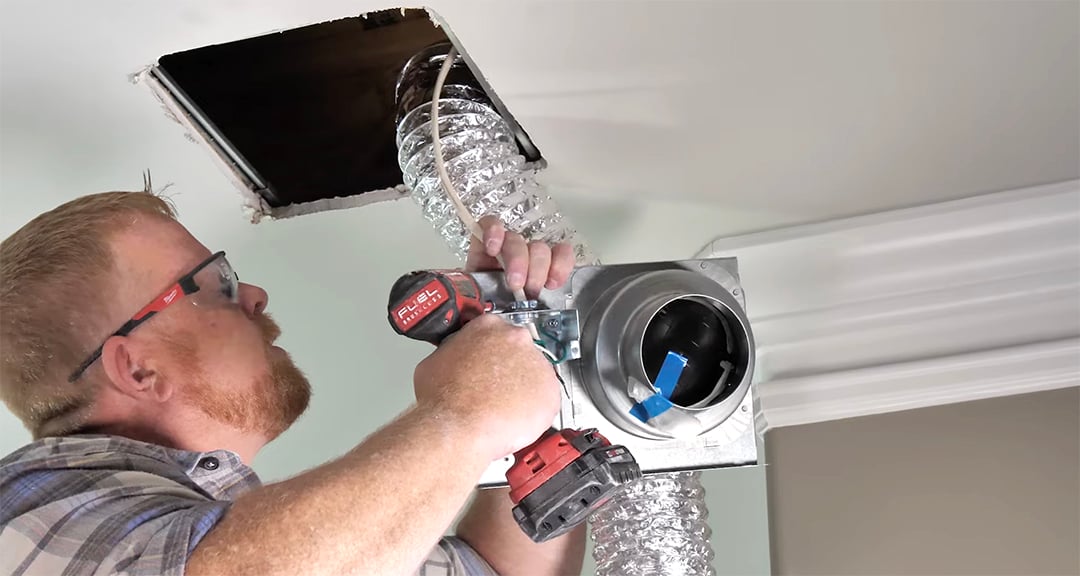
Source: iaq.na.panasonic.com
Choosing the Right Exhaust Fan
When it comes to improving bathroom airflow, selecting the right exhaust fan is crucial. Here are several factors to consider:
1. Size Matters
The size of your exhaust fan should match the size of your bathroom. A fan that is too small won’t effectively remove moisture, while one that is too large can be noisy and inefficient.
Calculating the Right Size:
To determine the appropriate fan size, you can use the following formula:
[ \text{CFM} = \text{Bathroom Area (sq. ft.)} \times \text{Height (ft.)} \div 60 ]The resulting Cubic Feet per Minute (CFM) rating will help you choose the right fan for your space.
2. Noise Levels
Exhaust fans can generate noise, measured in sones. A lower sone rating indicates a quieter fan. If you prefer a peaceful environment, look for fans with a rating of 1.0 sone or less.
3. Energy Efficiency
Energy-efficient fans can save you money on your electricity bill. Look for fans with the ENERGY STAR label, which indicates they meet energy efficiency guidelines set by the U.S. Environmental Protection Agency.
4. Features to Consider
- Humidity Sensors: Some models come with built-in humidity sensors that automatically turn the fan on and off based on moisture levels.
- Lights: Integrated lighting can save space and provide additional functionality.
- Heaters: If you live in a colder climate, consider a fan with a built-in heater for added comfort.
Installing Your Exhaust Fan
Once you’ve chosen the right exhaust fan, it’s time to install it. Here’s a step-by-step guide to help you through the process:
Step 1: Gather Your Tools
You’ll need the following tools for installation:
- Screwdriver
- Drill
- Measuring tape
- Duct tape
- Wire connectors
- Safety goggles
Step 2: Turn Off Power
Before you begin, ensure the power to the bathroom is turned off at the circuit breaker to avoid any electrical accidents.
Step 3: Remove the Old Fan (if applicable)
If you’re replacing an old fan, carefully remove it by unscrewing it from the ceiling and disconnecting the wiring.
Step 4: Install the New Fan
- Position the Fan: Place the fan in the desired location, ideally near the shower or tub.
- Secure the Fan: Use screws to secure it to the ceiling joists.
- Connect the Ductwork: Attach the ductwork to the fan’s exhaust port, ensuring it leads outside. Use duct tape to seal any gaps.
- Wiring: Connect the wiring according to the manufacturer’s instructions, ensuring all connections are secure.
Step 5: Test the Fan
Turn the power back on and test the fan to ensure it operates correctly.
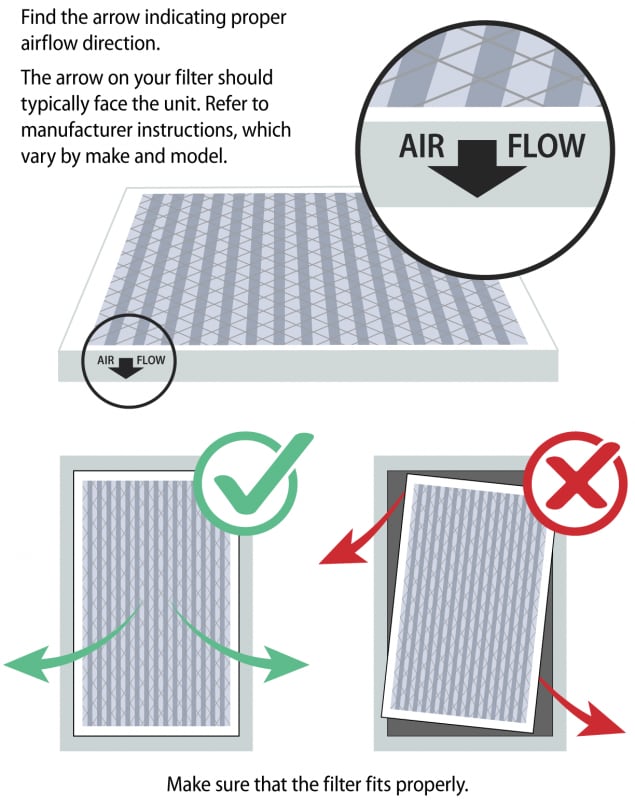
Source: www.cdc.gov
Best Practices for Using Your Exhaust Fan
Now that your exhaust fan is installed, here are some best practices to maximize its effectiveness:
1. Use It Properly
Turn on the exhaust fan before you start your shower and leave it running for at least 20 minutes afterward to effectively remove moisture.
2. Keep Vents Clear
Ensure that the fan’s vents and ductwork are clear of obstructions. Regularly check for dust and debris that may accumulate over time.
3. Maintain Your Fan
Regular maintenance is crucial for optimal performance. Clean the fan blades and housing periodically to prevent dust buildup, which can reduce efficiency.
4. Consider Additional Ventilation
In some cases, you may need additional ventilation methods, such as opening windows or using a dehumidifier, to further improve airflow.
Common Problems and Misconceptions
Problem: Fan Not Removing Moisture
If your exhaust fan isn’t effectively removing moisture, it may be undersized for your bathroom. Re-evaluate the CFM rating and consider upgrading to a more powerful model.
Misconception: Exhaust Fans Are Only for Odor Control
While exhaust fans do help eliminate odors, their primary function is to reduce humidity. Many people overlook this critical aspect, leading to moisture-related issues.
Problem: Noisy Operation
If your fan is excessively noisy, check the sone rating before purchasing. If you already have a noisy fan, consider upgrading to a quieter model.
Frequently Asked Questions
How do I know if my bathroom needs an exhaust fan?
If you notice excessive moisture, mold growth, or unpleasant odors, it’s a sign that your bathroom could benefit from an exhaust fan.
Can I install an exhaust fan myself?
Yes, many homeowners can install an exhaust fan with basic tools and skills. However, if you’re uncomfortable with electrical work, consider hiring a professional.
How long should I run my exhaust fan after a shower?
It’s recommended to run your exhaust fan for at least 20 minutes after a shower to effectively remove moisture from the air.
What’s the difference between an exhaust fan and a ventilation fan?
An exhaust fan specifically removes air from a room, while a ventilation fan circulates air within a room. In bathrooms, exhaust fans are typically more effective for moisture control.
Can I use an exhaust fan in a small bathroom?
Absolutely! In fact, smaller bathrooms often require exhaust fans to combat humidity, especially if there’s no window for natural ventilation.
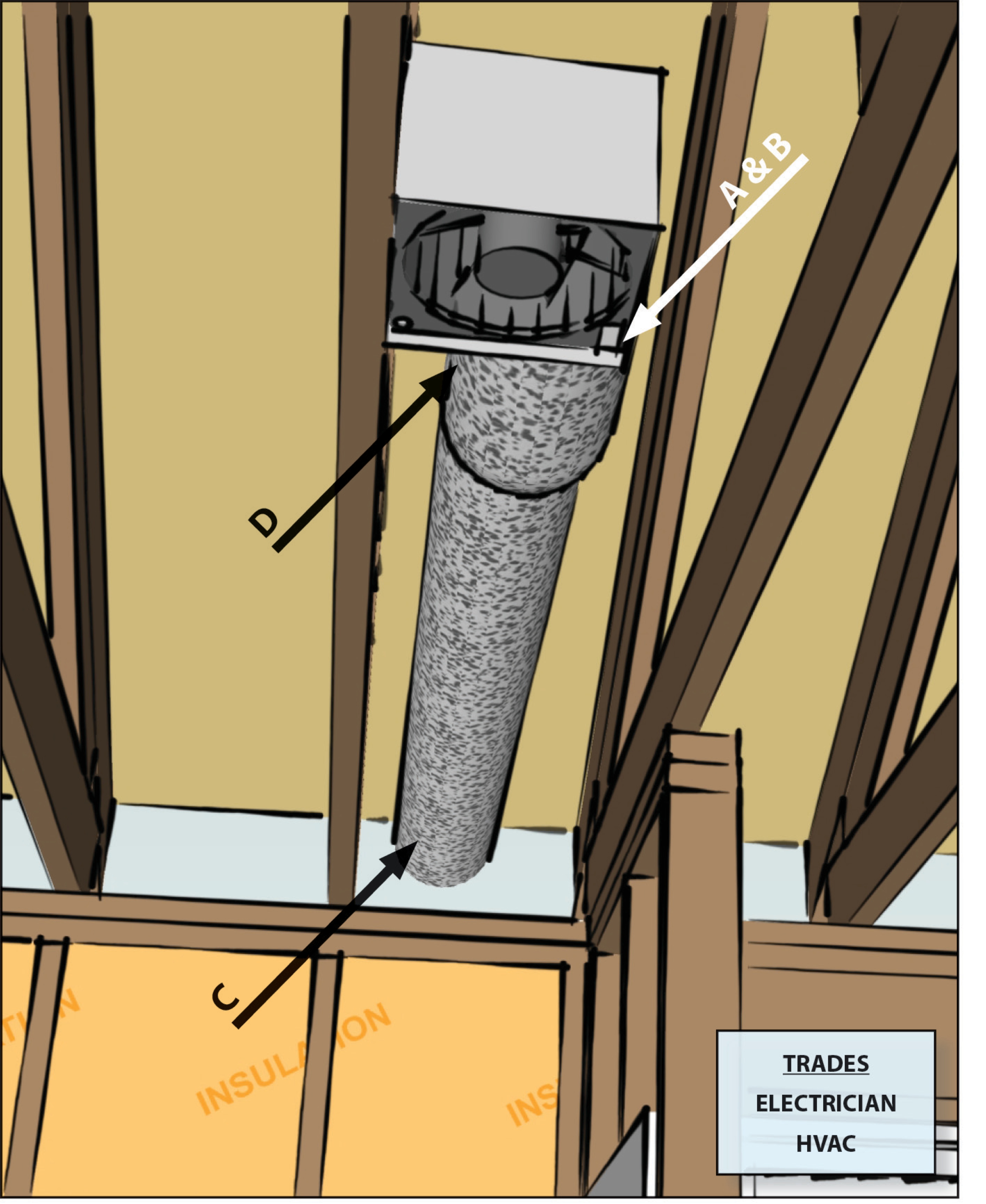
Source: basc.pnnl.gov
Conclusion
Improving bathroom airflow with the right exhaust fan is not just about comfort; it’s about maintaining a healthy living environment. By understanding the importance of proper ventilation, choosing the right fan, and following best practices for installation and use, you can significantly enhance your bathroom’s air quality.
Take action today! Evaluate your bathroom’s airflow and consider upgrading or installing an exhaust fan. A small change can lead to a big impact on your home’s comfort and health. For more tips and insights, feel free to explore additional resources or leave a comment below!
Watch This Video on How to Improve Bathroom Airflow with the Right Exhaust Fan

